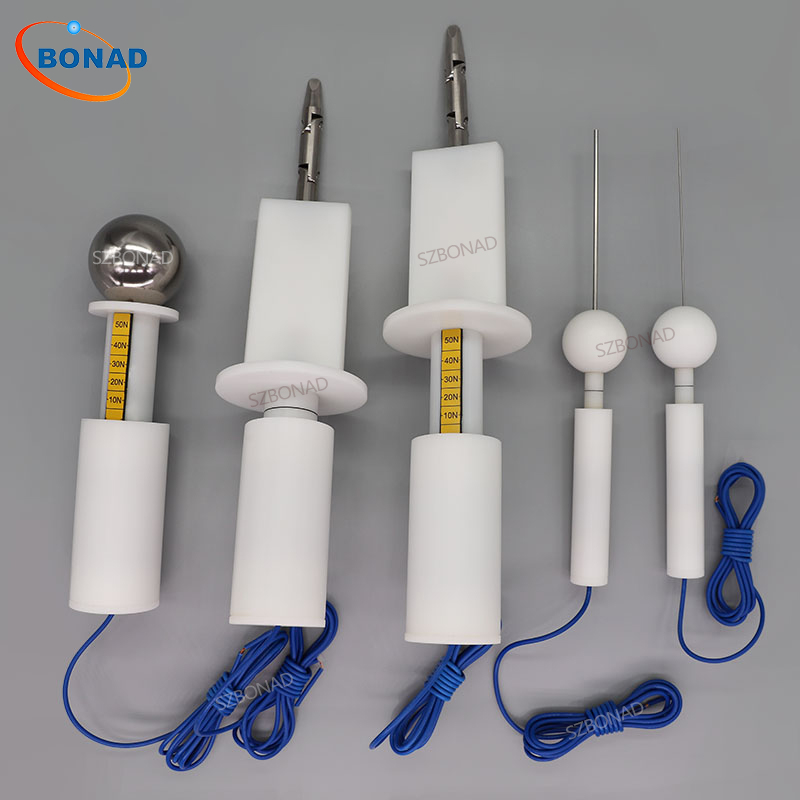What are IEC standards?
The International Electrotechnical Commission (IEC) develops and publishes IEC standards, which are based on a global consensus. IEC standards cover electrical safety, labeling, performance, test methods, and other guidelines for electrical and electronic products.
Product Examples
Consumer electronics
Household products
Batteries
Semiconductors
Nanotechnology
Solar energy products
Fibre optics
IEC Members
National committees make up the IEC's membership, with each committee representing the electrotechnical interests of its home country. These nations include the US, the UK, the EU, and other nations.
IEC standards are voluntary, but technical professionals worldwide continue to utilize them, and national technical bodies and lawmakers frequently approve them. The European Committee for Electrotechnical Standardization (CENELEC), for instance, frequently incorporates IEC standards while creating new EN standards, either whole or in part.
IEC standards examples
Several technical committees (TCs) within the IEC are tasked with creating standards for various product categories. A technical committee may form subcommittees, each of which may concentrate on a particular topic and have specialized knowledge.
A few examples of standards that apply to consumer goods are shown below.
| Committee | Title | Standard Example |
| TC 34 | Lighting | IEC 61547 – Equipment for general lighting purposes – EMC immunity requirements |
| SC 28 | Office Equipment | ISO/IEC 10561 – Information technology — Office equipment — Printing devices — Method for measuring throughput — Class 1 and Class 2 printers |
| TA 6 | Storage media, storage data structures, storage systems and equipment | IEC 62702-1-1 ED2 – Audio archive system – Part 1-1: DVD disk and data migration for long term audio data storage |
| TA 5 | Cable networks for television signals, sound signals and interactive services | IEC 60728-11 ED5 – Cable networks for television signals, sound signals and interactive services – Part 11: Safety |
| TC 79 | Alarm and electronic security systems | IEC 62676-2-11 ED1 – Alarm systems – Video Surveillance Systems (VSS) for use in security applications – Part 2-11: Interop profiles for VMS- and cloud VSaaS-systems for safe-cities and law-enforcement |
| TC 62 | Electrical equipment in medical practice | IEC 60050-880 ED1 – International Electrotechnical Vocabulary (IEV) – Part 880: Electrical equipment, electrical systems and software used in healthcare |
| SC 61D | Appliances for air-conditioning for household and similar purposes | IEC 60335-2-40 ED7 – Household and similar electrical appliances – Safety – Part 2-40: Particular requirements for electrical heat pumps, air-conditioners and dehumidifiers |
| SC 59L | Small household appliances | IEC 63399 ED1 – Household and similar use electrical rice cookers – Methods for measuring the performance |
| SC 59F | Surface cleaning appliances | IEC/ASTM 62885-7/AMD1 ED1 – Amendment 1 – Surface cleaning appliances – Part 7: Dry-cleaning robots for household or similar use – Methods for measuring the performance |
| SC 23B | Plugs, socket-outlets and switches | IEC 60884-1 ED4 – Plugs and socket-outlets for household and similar purposes – Part 1: General requirements |
Is IEC standards compliance mandatory?
According to the IEC, its standards are voluntary. However, given the fact that IEC standards are based on global consensus, importers and manufacturers can still benefit from complying with these standards – especially when no other relevant standards exist for their products. This could be the case if an IEC standard is published before a corresponding EN or UL standard is published.
Also, countries might decide to incorporate IEC standards into their own national standards.
For example, IEC standards make up a majority of the European Union’s EN standards for electrical and electronics products such as
Kettles
Ceiling lights
Office printers
Heartbeat monitors
EN standards might in turn be harmonized under a specific directive or regulation and – though also voluntary – provide the presumption that tested products conform with relevant technical requirements under the directive or regulation.
Example
The following standard is harmonized under the Low Voltage Directive:
EN IEC 60335-2-43 – Household and similar electrical appliances – Safety – Part 2-43: Particular requirements for clothes dryers and towel rails
Are IEC standards recognized in the European Union?
The Frankfurt Agreement governs cooperation between the CENELEC and the IEC. IEC standards are not adopted by default; rather, the CENELEC authorizes the EU's adoption of the standards on an individual basis.
Nevertheless, IEC standards serve as the foundation for around 80% of EU standards relating to electronics and electrical products.

SHENZHEN BONAD INSTRUMENT CO.,LTD, is a high-tech company in China, BONAD quality system has been strictly certified by ISO9001:2015. As a CIE Membership.
Our main products are Test Equipment, Electrical Safety Tester, Environmental Chamber, Temperature Chamber, Climate Chamber, Thermal Chamber, Salt Spray Test, Dust Test Chamber, Waterproof Test, accessibility test probe and test finger, Glow Wire Test and Needle Flame Test,freezing load test package, soil moisture sensor, all kinds of gauges and so on.
BONAD have gathered lots of experienced researchers and administrators on this field. BONAD products are manufactured strictly in accordance with various EN, IEC, CE, UL, VDE, VS, JIS, ISO, CEE, BS, FMV, GB and other similar international standards. All products can pass CE certificate and authenticated by the third party lab.
Please feel free to contact us if you need any support.
sales Dep:Alice@szbonad.com, Cell/WhatsApp:+8613380391156

